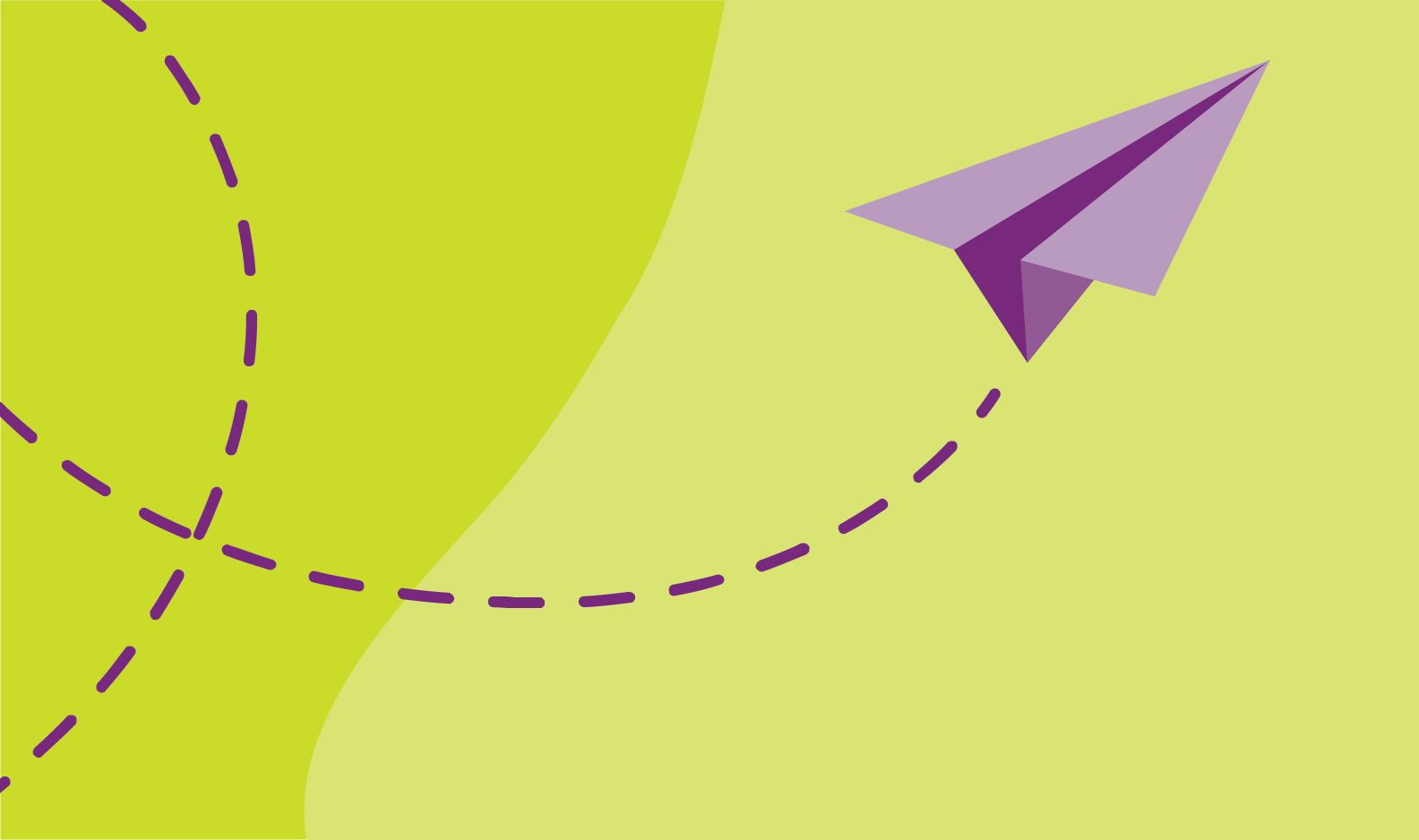The government KiwiSaver contribution explained
Did you know that if you follow a couple of simple steps and you’re eligible the government will give you free money?
Yep, that’s right, $521.43 a year to be exact. That’s enough for a flight to Queenstown, a fancy dinner or two, or a new iPhone every few years.
This money might be free, but there are a few simple boxes you’ll have to tick. It’s not money that goes straight into your bank account. Because it goes into your KiwiSaver, you can only access it if you’re eligible to access your KiwiSaver funds to buy your first home, when you retire or if you are eligible for a Significant Financial Hardship Withdrawal.
Interested? Here’s everything you need to know to start claiming your free money.
How to get free money from the government
To help Kiwis build up their savings and buy a house the government provides government KiwiSaver contributions.
For every dollar you put into your KiwiSaver, the government will contribute 50 cents up to a maximum of $521.43. To get this amount, you’ll need to contribute a total of $1042.86 by 30 June each year, which is roughly around $20 a week.
If you’re an employee working full time you should hit that amount every year, however it’s always best to check with your KiwiSaver provider to make sure. If you’ve contributed less than that amount you can top it up manually using your own funds by contacting your KiwiSaver provider.
Ticking all the right boxes
In order to access the government contribution, you must also:
- Live mainly in New Zealand
- Be aged 18 years or older
- Not be eligible for retirement withdrawal (be under 65).
If you’re self-employed, you’ll also need to set up regular payments with your KiwiSaver provider to be eligible for the government contribution.
Reviewing your KiwiSaver
Once a year you’ll receive an annual KiwiSaver statement by post or email. This statement will include a bunch of information about your account, such as what your balance is on track to be by retirement age (65), and how much weekly income that’ll provide from age 65-90.
When you get your statement, the Financial Markets Authority recommends having a good think and asking yourself if you’re happy with that amount - will it be enough to live a comfortable retirement? You can also check Sorted’s KiwiSaver calculator to help you figure this out.
So you've received your KiwiSaver statement but not sure what to do with it? Check your projections, check your fund type and check you're contributing enough. Learn more: https://t.co/s26agltVm9 pic.twitter.com/nvbuH0tMfv
— Financial Markets Authority NZ (@FMA_NZ) June 17, 2022
Getting your annual KiwiSaver statement is also a good opportunity to look at what you’re investing in.
Where are you investing?
KiwiSaver is all about putting your money to work so that it multiplies, and your goals and life stage will determine which fund you’re in. Your KiwiSaver is most likely invested in one of the following types of funds:
- Growth funds are best for long-term investing, when you don’t need to access your money in the near future. Your balance may go up and down in the short term but over the long term it is more likely to see higher returns.
- Balanced funds may be a good choice if you plan to withdraw within 5-10 years. In terms of returns and risk these funds are in the middle between growth and conservative.
- Conservative funds are a great option if you need to withdraw your money in the next five years, as they have lower volatility and risk (but keep in mind that lower risk usually comes with lower returns).
How much are you contributing?
The more you contribute the higher your eventual balance will be when you retire, so it may be worth paying more if you can. You could consider switching to a higher contribution percentage of 5%, 8% or 10%, or making additional contributions if you’re self employed.
Even if you’re only making a small increase it could have a significant effect on your KiwiSaver balance in 10, 20 or 30 years.
Remember that KiwiSaver is for the long term
If you've noticed your KiwiSaver balance has dropped, don't panic. KiwiSaver is designed as a long-term investment, and your balance will go up and down as the markets do.
As our CEO Richard Klipin pointed out in this op ed for Stuff, "patient investors are rewarded in the long-term."
We've been busting myths about women and #investing during the second fortnight of the #ItStartsWithAction campaign. Our CEO Richard Klipin breaks down some of these myths in an op ed in the @Stuff Business section today: https://t.co/akvyJ6aMr8 #volatility #womenandmoney
— Financial Services Council NZ (@FSC__NZ) May 27, 2022
Some of us feel more comfortable with ups and downs than others, so it's all about understanding what works for you. This is where talking to your KiwiSaver provider or a financial adviser can help.
Talk to your KiwiSaver provider or a financial adviser
Not sure how much to contribute, which fund is right for you, or how much risk you want to take on? We recommend checking out the FMA’s KiwiSaver Check page, contacting your KiwiSaver provider, or finding a financial adviser who can help you get more out of your money.
For more information about financial advice and finding the right kind of advice for you, check out our blog on financial advice to learn more.
For more information on getting the KiwiSaver Government contribution, check out the Inland Revenue website or Sorted.
Disclaimer:
This Money and You Industry News (Industry News), is accurate at the date of publishing, 22 June 2022 and contains general information only.
This Industry News is not intended to constitute financial advice and does not take your individual circumstances and financial situation into account. We encourage you to seek assistance from a trusted financial adviser, legal or other professional advice.
The links that are provided or names of third parties are additional resources that you access at your own risk and the FSC takes no responsibility for any third party content.
The FSC and its employees make no express or implied representations or give any warranties regarding this information, and we accept no responsibility for any loss, damage, cost, or expense (whether direct or indirect) incurred by you as a result of any error, omission, or misrepresentation in this information.
22 June 2022
Share this
You May Also Like
These Related Stories

What happened with the GST on KiwiSaver fees proposal?
